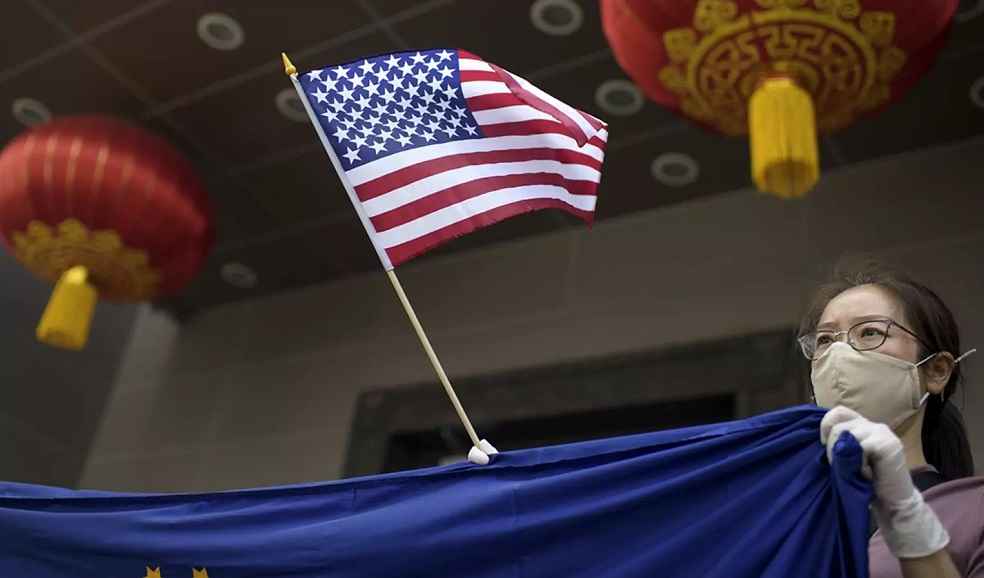U.S. President Donald Trump has declared that a trade deal with China “is done,” pending final approval from both himself and Chinese President Xi Jinping. The statement follows two days of high-level discussions in London aimed at de-escalating ongoing trade tensions between the world’s two largest economies.
According to Trump, the agreement will ensure the U.S. receives vital rare earth metals, crucial components in technologies such as smartphones, electric vehicles, and defence systems, while Chinese students will be allowed to resume their studies at American universities. “Full magnets, and any necessary rare earths, will be supplied, up front, by China,” Trump stated on his Truth Social platform. “Likewise, we will provide to China what was agreed to, including Chinese students using our colleges and universities.”

U.S. Commerce Secretary Howard Lutnick confirmed that the talks had yielded a framework to implement what he called the “Geneva consensus,” reached in previous meetings and reaffirmed in a phone call between the two leaders on June 5. Lutnick added that the agreement aims to resolve long-standing export restrictions on rare earths and magnets from China, which the U.S. has repeatedly criticized as a bottleneck in global technology supply chains.
The Chinese government, through Vice Commerce Minister Li Chenggang, also confirmed that the two countries had agreed in principle to move forward based on previous negotiations, including the truce reached in Geneva in May. That truce reduced U.S. tariffs on Chinese goods to 30% and saw China lower tariffs on American imports to 10%, alongside promises to ease restrictions on rare earth exports. The agreement gave both sides a 90-day window to finalize a more comprehensive deal.

However, the period following the Geneva truce was marked by mutual accusations of breaching non-tariff commitments. U.S. officials alleged that China failed to lift export restrictions on rare earth magnets, while Beijing accused Washington of violating terms by restricting semiconductor-related exports, blocking access to chip design software, and revoking student visas.
Despite these setbacks, this week’s talks in London appear to have revived optimism. China’s Ministry of Commerce had recently approved some export license applications for rare earths, indicating movement on a core issue in the negotiations.
While the deal is not yet formally signed, both sides have expressed confidence in moving toward full implementation once presidential approval is secured. The developments mark a potentially significant turning point in a trade relationship that has seen repeated flare-ups since the imposition of U.S. tariffs earlier this year.
GLOBAL ROUNDUP | World Bank Warns of Slower Growth Due to U.S.-Led Trade Tensions



